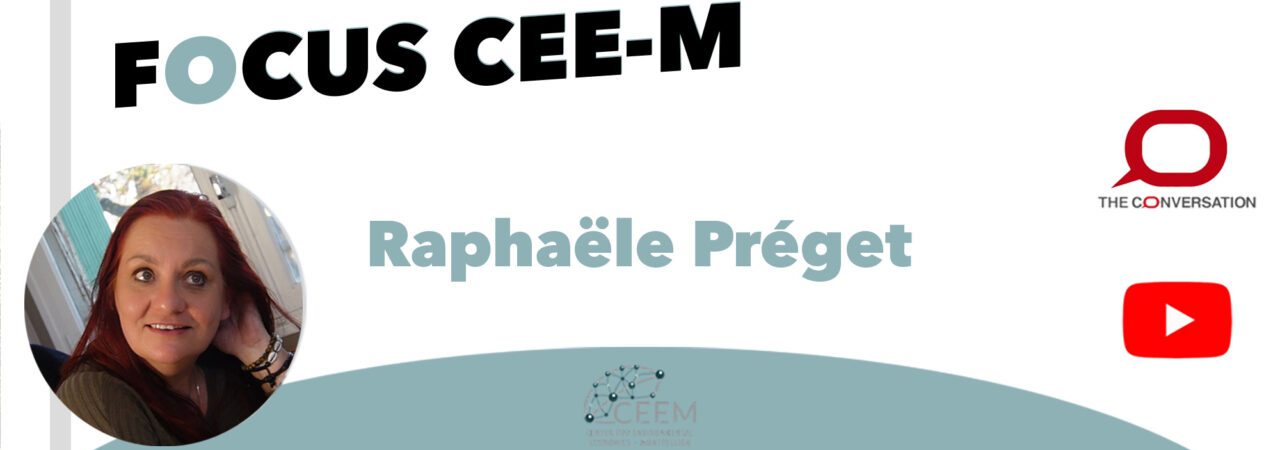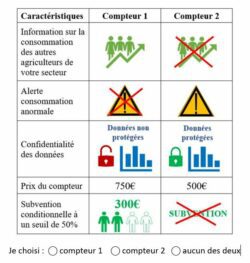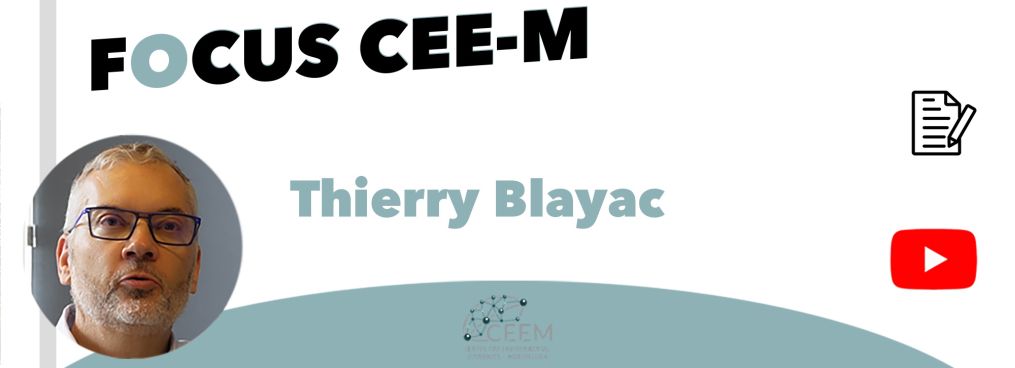FOCUS on : “Ouvrard B, Préget R, Reynaud A, Tuffery L. Nudging and Subsidizing Farmers to Foster Smart Water Meter Adoption. European Review of Agricultural Economics. 2023 2023;50(3). doi: https://doi.org/10.1093/erae/jbad013“
Focus article published in:

In the context of climate change and increasing drought, improving water use in agriculture has become a top priority for public authorities responsible for managing this resource. Currently, 70% of the world’s freshwater is used for agriculture, and by 2050, feeding 9 billion people will require a 50% increase in agricultural production and a 15% increase in water withdrawals for farming. In France, agricultural water use is also a source of growing tension.
Smart or connected water meters (as opposed to traditional mechanical meters) present an opportunity to better manage agricultural water use. However, only 5% of farmers currently use them. So how can their adoption be scaled up? Can incentives be introduced to encourage farmers to adopt them?
What Are Smart Water Meters?
Smart water meters are connected devices that can store and transmit individual water consumption data at high frequency. They are typically linked to an online platform, allowing easy access to the collected data. These meters record near real-time information on water use and enable two-way communication between the meter and a central system (in this case, the local water manager). In regions where farmers are equipped with smart meters, this facilitates the work of water resource managers, who can better anticipate needs and plan controlled water releases (e.g., from reservoirs).
Despite these benefits, fewer than 5% of French farmers currently use smart meters. The technology is still relatively new, and some farmers remain wary of how their detailed consumption data might be used. Switching from a mechanical to a smart meter also involves costs. These factors help explain why the technology is slow to spread. Public authorities therefore have a vested interest in promoting adoption, as such tools could also be used to design new water policies (e.g., pricing strategies, water-saving targets, etc.).
How to Scale Up the Use of Smart Water Meters?
One way to encourage voluntary adoption of smart water meters is to highlight the new services they provide. For example, they can send real-time alerts in the event of abnormal water usage (such as leaks) and allow farmers to access data on water consumption by others in their area. Another approach is to offer subsidies to farmers who adopt smart meters.
Different types of subsidies can be implemented. The simplest option is to provide a flat payment to all farmers who install a smart water meter.
In our study, we propose testing a conditional subsidy, meaning a subsidy is only paid to a farmer if a sufficient number of other farmers in the area also adopt a smart meter. In other words, farmers must collectively reach a predefined participation threshold for the subsidy to be paid. We believe this kind of conditional subsidy can be an effective incentive to trigger a collective shift toward smart meter adoption in a given territory.
Why a Conditional Subsidy?
There are two main justifications for such a conditional subsidy. First, the benefits of adopting smart meters for water management increase with the number of users: the more widespread the adoption, the better the resource can be managed, and the lower the risk of water shortages. This means a certain adoption threshold must be reached for the technology to be truly effective.
The second reason concerns the role of social norms in the adoption of new technologies. When people prefer to act like most others around them, changes in beliefs about what others are likely to do can lead to rapid shifts in behavior. Public policy can therefore play a key role by influencing these beliefs. Introducing a conditional group subsidy is one way to alter farmers’ perceptions about the importance and popularity of adopting smart meters—and thus encourage them to adopt one themselves. In fact, the conditional subsidy signals to each farmer that the incentive to adopt a smart meter has changed, not only for them personally but also for others. This can influence their belief about peer adoption rates and ultimately shift the social norm in favor of smart meters.
Two key parameters of the conditional subsidy may impact technology uptake: the amount of the subsidy, and the participation threshold required to receive it.
Naturally, the higher the subsidy, the more it encourages adoption. But the effect of the threshold is less clear. A low threshold (e.g., 25%) is easier to achieve but may not generate strong social norm effects. On the other hand, a high threshold (e.g., 75%) could reinforce social norms but may discourage farmers who fear it won’t be met. Therefore, it’s important to understand how different thresholds (25%, 50%, and 75%) influence individual adoption of smart water meters.
What Do Farmers Say?
To investigate this, we conducted an online survey of more than 1,200 farmers to better understand how they value the various features and services offered by smart water meters. The survey, distributed via email by a polling institute, targeted farmers across France, regardless of farm size or type (e.g., arable farming, mixed crop-livestock, livestock farming, etc.). (It might be worth adding a note here on the geographical distribution and characteristics of the sample cohort.)
Each farmer was presented with a series of choice cards in which they had to select the type of water meter they preferred (see Figure 1). The smart meters shown varied along five attributes:
Access to information on other farmers’ water use—i.e., the average consumption in their geographic area. This allows for peer comparison and potential adjustment.
Abnormal consumption alerts—instant notifications of potential leaks or unusual usage.
Data confidentiality—guaranteeing the complete privacy of all individual consumption data.
Conditional subsidy—farmers could receive no subsidy, or €300 or €500, depending on whether a participation threshold (25%, 50%, or 75%) was reached.
Purchase price of the smart meter.
 Figure 1: Example Choice Card
Figure 1: Example Choice Card
With proper statistical analysis, this survey method allows us to estimate how much farmers value each characteristic of a smart meter. While on average, farmers tend to prefer maintaining their current situation (could we quantify how many prefer the status quo?)—i.e., using a mechanical meter or none at all—most would be willing to switch to a smart meter if it offered features like leak alerts and/or guaranteed data confidentiality.
Interestingly, the conditional subsidy does encourage adoption, but its impact doesn’t depend on the threshold set. A high threshold (75%) does not deter farmers, as the social norm effect appears to outweigh concerns. This is confirmed by farmers’ beliefs about how many of their peers would be willing to adopt a smart meter. These beliefs are indeed influenced by the threshold announced. Overall, our findings support the implementation of a conditional subsidy with a high collective adoption threshold.
A New Path for Public Policy?
Farmers’ resistance to smart water meters is relative. A new type of incentive, such as a conditional subsidy, could renew farmers’ interest in this promising technology—especially since it offers new, practical services. As such, a public policy aimed at promoting smart water meters, while ensuring data confidentiality, could significantly contribute to improved collective water management in agriculture.
This article, produced with support from the CEE-M Communication Service, is republished from The Conversation under a Creative Commons license (read the original article).


 Figure 1: Example Choice Card
Figure 1: Example Choice Card

